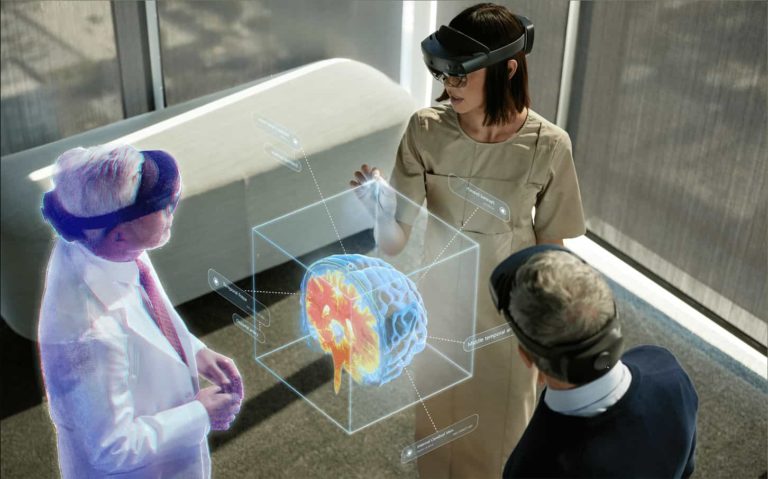
As we roll through 2022, it’s time for our annual ritual of synthesizing the lessons from recent history and formulating the outlook for the near term. The past year has been action-packed for spatial computing as the world gradually emerges from the grips of a pandemic.
The past year was also marked by the emergence of metaverse mania. Though it has legitimate principles and promise, the term has been ambiguated through overuse. It’s also been overhyped in terms of the timing of its arrival. A fully-actualized metaverse is decades away.
Beyond the metaverse, AR and VR continue to be defined by steady progress in several areas. We’re talking mobile AR engagement & monetization; AR marketing and commerce; continued R&D in AR glasses; enterprise adoption; and the gradual march of consumer VR.
So where is spatial computing now, and where is it headed? What’s the trajectory of the above subsegments? This was the topic of a report from our research arm, ARtillery Intelligence. Entitled Spatial Computing: 2021 Lessons; 2022 Outlook, it joins our report excerpt series.
Spatial Computing: 2021 Lessons, 2022 Outlook
AR at Work
Though our focus throughout this report has been primarily on opportunities for AR and VR’s consumer endpoints, there are ample opportunities to boost enterprise productivity. In fact, enterprise AR adoption has been greater than consumer markets for several reasons.
While consumer AR challenges are being worked out, smart glasses have found less resistance in the enterprise. There, the technology’s style crimes aren’t an issue, and it has clearer ROI and adoption drivers. That includes operational efficiencies due to line-of-sight visualization.
This represents a sort of enterprise metaverse. Led by tools such as Spatial and Microsoft Mesh, remote collaboration and industrial support can be enabled. This will importantly span enterprise verticals and environments – everything from corporate settings to factory floors.
In key functions like assembly and maintenance, AR can expedite task completion and reduce errors by lessening cognitive load from “mentally mapping” 2D instructions to 3D space. There are several macro benefits too, such as distribution and retention of institutional knowledge.
Drilling down on the latter, it’s all about mitigating knowledge loss from seasoned personnel retiring. Because baby boomers retire at a greater pace, not to mention the “Great Resignation,” it’s getting harder to retain institutional knowledge — an expensive problem for enterprises.
Enterprise AR: Best Practices & Case Studies, Volume II
By the Numbers
For all the above reasons, ARtillery Intelligence estimates that enterprise AR spending will grow from $1.57 billion in 2020 to $15.8 billion in 2025, a 58.6 percent CAGR. This includes head-worn AR (hardware and software) as well as mobile & tablet-based AR (software spending).
But even though AR boasts these advantages, it’s easier said than done to get to the point of realizing them. Practical and logistical barriers stand in the way — such as organizational inertia, politics, change management, and fear of new technology among key stakeholders.
For example, the biggest stumbling block for enterprise AR is the dreaded “pilot purgatory.” This is when AR is adopted at the pilot stage but never progresses to full deployment. It’s the biggest pain point in industrial AR, and there are many reasons for it…most of them cultural.
We’re seeing some best practices from enterprises that avoid these pitfalls, such as gaining front-line buy-in and practicing bottom-up innovation. A recent ARtillery Intelligence report zeroed in on several such case studies and we’ll circle back in the coming weeks with some highlights.






